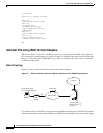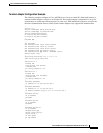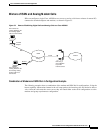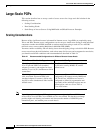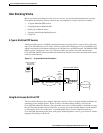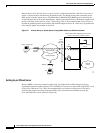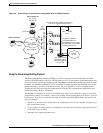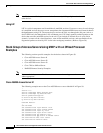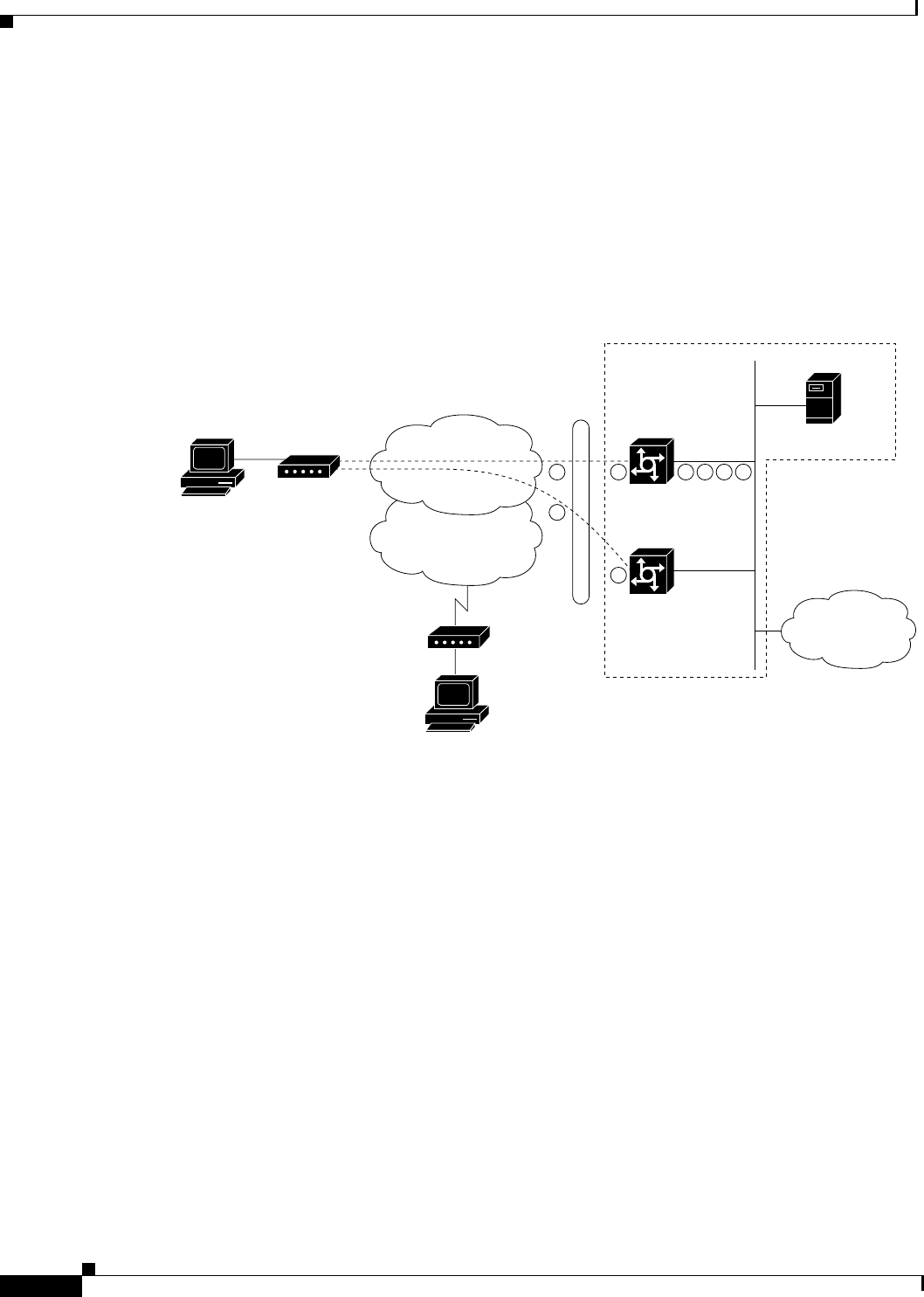
Telco and ISP Dial Scenarios and Configurations
Large-Scale POPs
DNC-318
Cisco IOS Dial Services Configuration Guide: Network Services
Because device #1 is the first access server to receive a packet and establish a link, this access server
creates a virtual interface and becomes the bundle master. The bundle master takes ownership of the
MLP session with the remote device. The Multichassis Multilink PPP (MMP) protocol forwards the
second link from device #2 to the bundlemaster, which in turn bundles the two B channels together and
provides 128 kbps to the end user. Layer 2 Forwarding (L2F) is the mechanism that device #2 uses to
forward all packet fragments received from the terminal adapter to device #1. In this way, all packets and
calls virtually appear to terminate at device #1.
Figure 55 A Stack Group of Access Servers Using MMP Without an Offload Processor
Setting Up an Offload Server
Because MMP is a processor-intensive application, you might need to offload the processing or
segmentation and reassembly from the Cisco AS5200 access servers to a router with a higher CPU, such
as the Cisco 4700-M or Cisco 7206. We recommend that you include an offload server for dial-in
solutions that support more than 50 percent ISDN calls or more than ten multilink sessions per
Cisco AS5200 access server. (Refer to Figure 56.)
Analog network
S6751
A
Remote security
server
Stack of two Cisco AS5200 access servers
used in one service provider network
Hunt
group
555-1001
#1
#2
Terminal
adapter
PC
Modem
PC
D
ial-in session #2
ISDN network
C
D
D B
A
B
C
Internet
access



